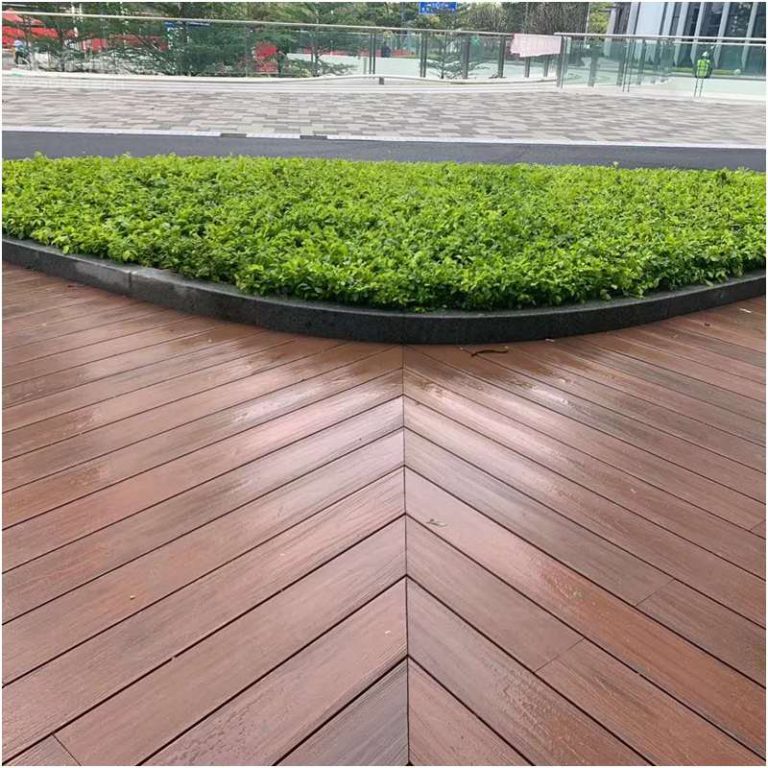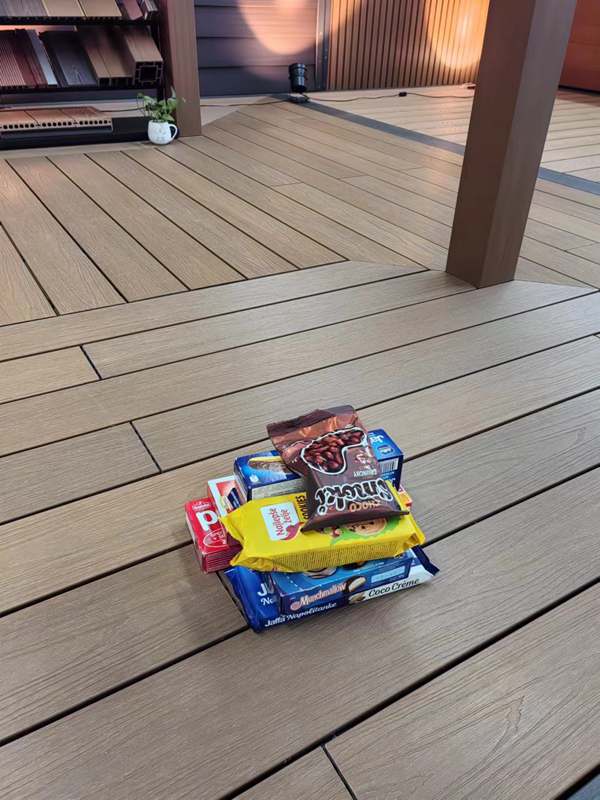How to improve the aging and weather resistance of wood plastic composite materials (mainly WPC decking)?
How to improve the aging and weather resistance of wood plastic composite materials (mainly WPC decking)? The aging and climate damage of WPC wood plastic composite materials are mainly manifested by the effects of humidity, light, and temperature during use on their color, physical properties, and mechanical properties.WPC decking is generally endowed with aging and…
How to improve the aging and weather resistance of wood plastic composite materials (mainly WPC decking)?
The aging and climate damage of WPC wood plastic composite materials are mainly manifested by the effects of humidity, light, and temperature during use on their color, physical properties, and mechanical properties.
WPC decking is generally endowed with aging and weather resistance functions by adding aging and weather resistant modifiers, treating the main component matrix of WPC, and adding fillers.
Add anti-aging and weather resistant modifiers
Due to its advantages of simple operation and easy implementation, adding anti-aging and weather modifying agents has become a commonly used method for WPC anti-aging and weather modification. A study has tested the effect of different UV stabilizer contents on the natural weather resistance of oak powder reinforced PP composite materials based on ASTMD1435-03. It was found that UV stabilizers can significantly enhance the weather resistance of WPC, and the optimal addition amount is 1.0%.
UV absorbers can effectively improve the surface color fastness and water resistance of high-density polyethylene (HDPE) based plastic wood flooring, but due to high temperature exposure, the bending resistance of WPC decking is reduced. Light stabilizers can also effectively improve the aging resistance of WPCs, reduce the degradation of mechanical properties caused by aging, and have no significant effect on the color difference of WPCs before and after aging.
Zinc borate and light stabilizers (including hindered amine light stabilizers and UV absorbers) can effectively prevent the damage of UV light to WPC, among which the hindered amine light stabilizer/zinc borate composite and UV absorber/zinc borate composite have better anti UV aging performance. Vitamin E can restrict the photo oxidation of PP based WPC. When the vitamin E content is 0.4% and 1.2%, WPC has better bending performance, less color fading and surface cracks, and significantly improved weather resistance. Therefore, vitamin E is an effective anti photodegradation agent for composite materials.
Due to the high price of vitamin E, it can be used in combination with phosphite antioxidants. The combination of 0.2% vitamin E and 1.0% phosphite antioxidants not only has a small impact on the bending strength and elastic modulus of WPC, but also significantly reduces color changes and cracks on the surface of WPC, significantly enhancing its weather resistance. In addition, hydrophilic solvents such as polyethylene glycol and hydrophobic long-chain fatty alcohols, as well as metal compounds such as modified titanium dioxide, can effectively improve the aging and weather resistance of WPC.
WPC Main Component Matrix Treatment
Treating the main components of WPC, including wood materials and plastics, is another way to enhance the aging and weather resistance of WPC. Researchers usually pretreat wood materials by using acetylation or coupling agents to treat wood powder, and then composite it with HDPE to obtain WPC with significantly enhanced UV degradation resistance, corrosion resistance, and moisture resistance.
The use of acetate, propionate, and benzoate for esterification modification of poplar wood powder has a significant impact on the weather resistance, biological durability, and physical and mechanical properties of HDPE based composites. The surface of esterified wood powder based WPC shows minimal cracks and color changes caused by weathering, enhancing durability and having a good inhibitory effect on brown rot and white rot fungi. Wood powder dyeing treatment can enhance the aging and weather resistance of WPC. The WPC prepared by dyeing wood powder has a higher surface gloss value, fewer cracks, and a smaller impact on its bending performance.
After wood powder extraction (including toluene/ethanol, acetone/water, and hot water extraction) or delignification (i.e. sodium chlorite/acetic acid treatment), the surface color change of HDPE based WPC prepared after accelerated aging experiment is very small, with high bending strength, static bending strength, and elastic modulus, and significantly improved aging and weather resistance.
In addition, research on the pre-treatment of plastics has found that a 30% mass fraction of diisocentyl phthalate suspension is thoroughly mixed with HDPE for 30 minutes at 75 ℃, and then zinc stearate, ultraviolet stabilizer, and pine powder are added to composite WPC. Artificial weather resistance experiments have shown that the higher the content of stabilizer, the better the UV resistance and aging and weather resistance of WPC.
Using vacuum assisted resin transfer molding technology, methylene diphenyl diisocyanate/polyol was injected into woven fiber based composite materials to prepare reinforced composite materials. The aging resistance and weather resistance were evaluated based on accelerated aging experiments. The results showed that the color change rate and total color change of the composite material were lower than those of the untreated composite material, and resin modification enhanced the aging and weather resistance of the composite material.
Adding fillers
According to relevant literature reports, adding fillers can also effectively improve the aging and weather resistance of WPC. The effect of carbon fillers such as carbon black, graphite, expandable graphite, carbon nanotubes, and carbon fibers on the aging and weather resistance of PP based WPC was studied based on accelerated aging experiments. It was found that carbon fillers can effectively suppress surface color changes of WPC and improve its aging and weather resistance performance, with carbon fiber having a better effect.
Inorganic fillers such as nano calcium carbonate and talc powder can not only effectively enhance the degradation resistance and weather resistance of composite materials, but also improve the mechanical properties of composite materials. The UV accelerated aging experiment of HDPE based WPC reinforced with silane coupling agent modified red clay found that silane coupling agent modified red clay filling can effectively prevent the photodegradation of WPC. When the amount of filling agent added is 5%, the color change of WPC is the smallest and the aging resistance performance is the best.

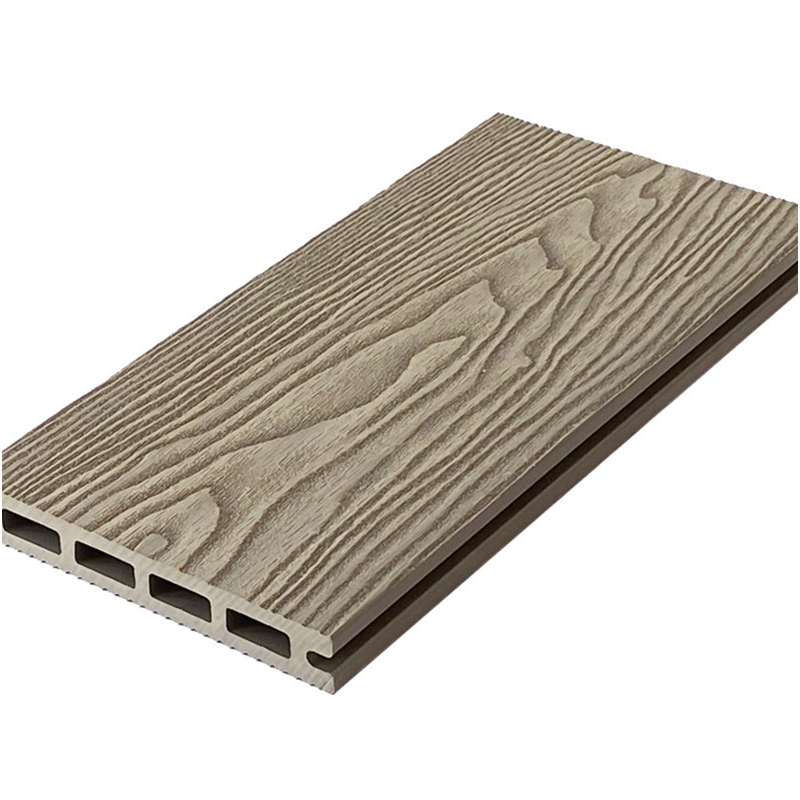
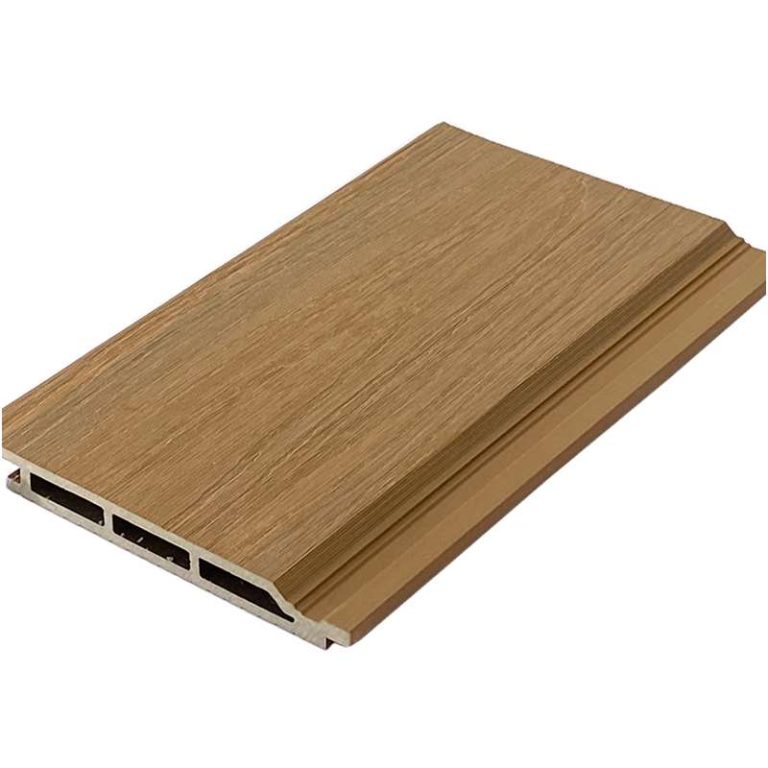
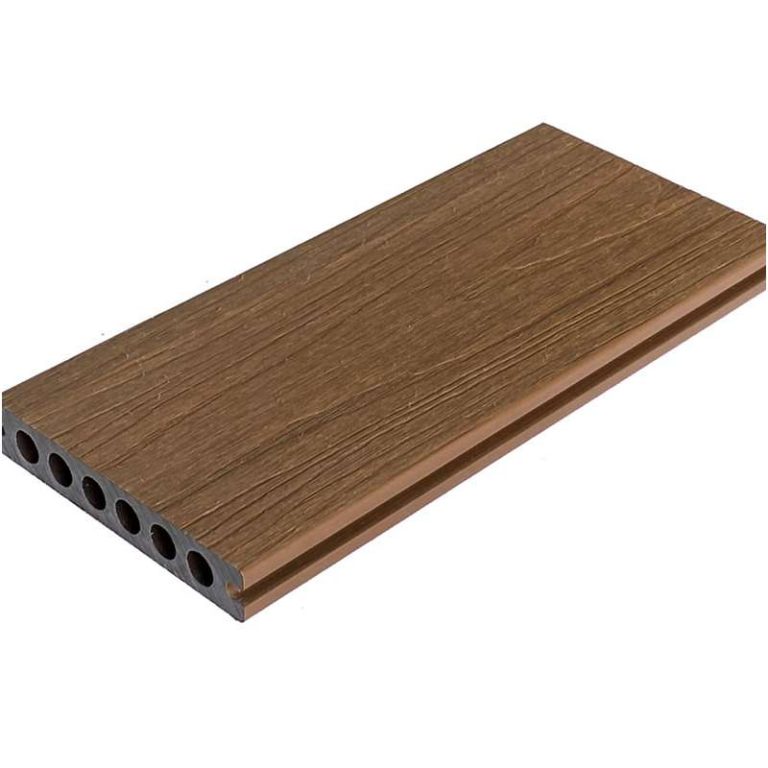
and-application-pictures-1-768x768.jpg)
